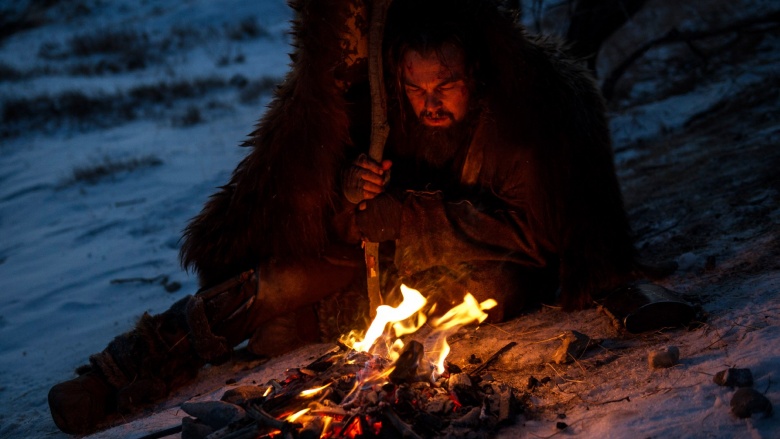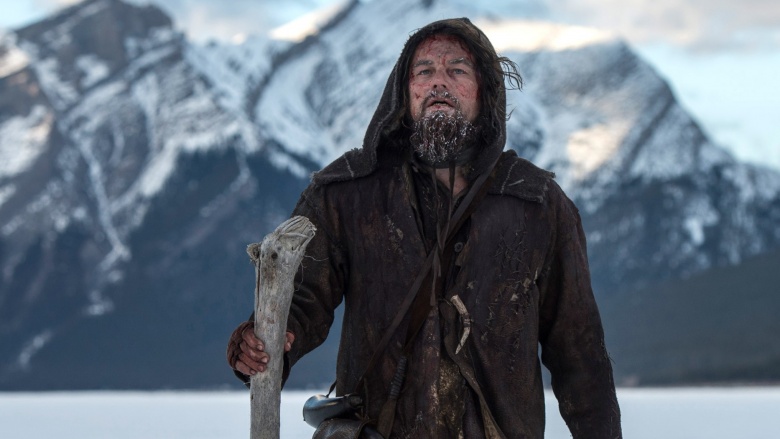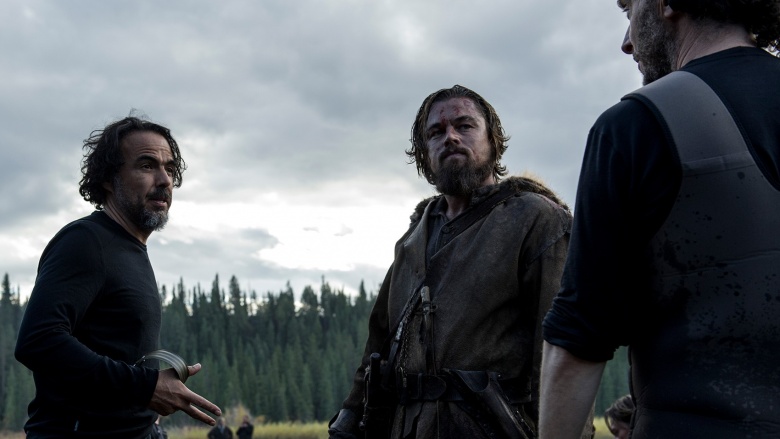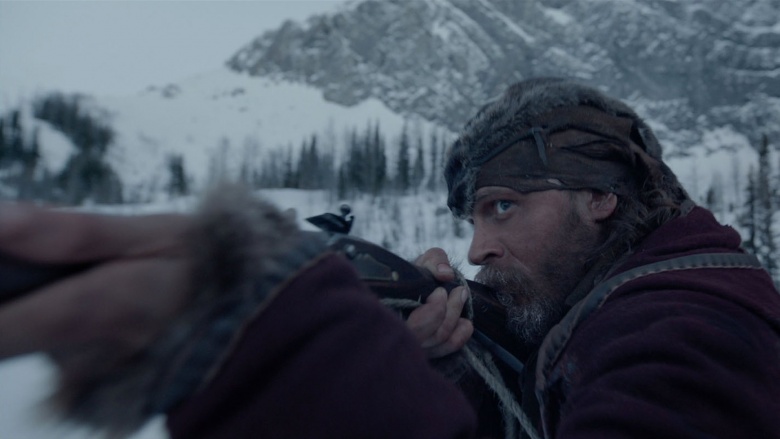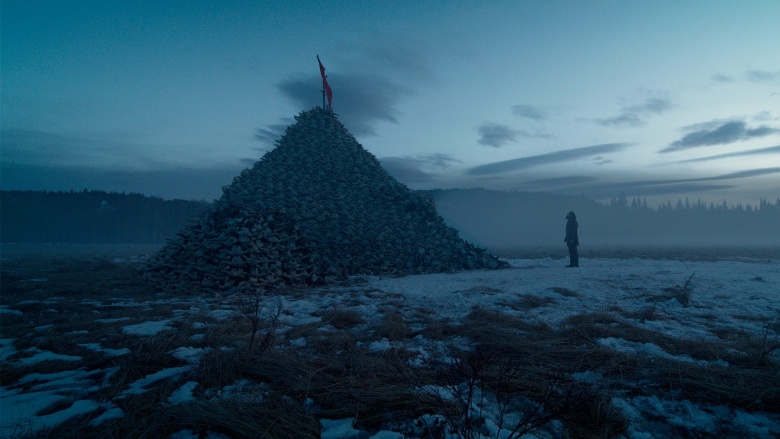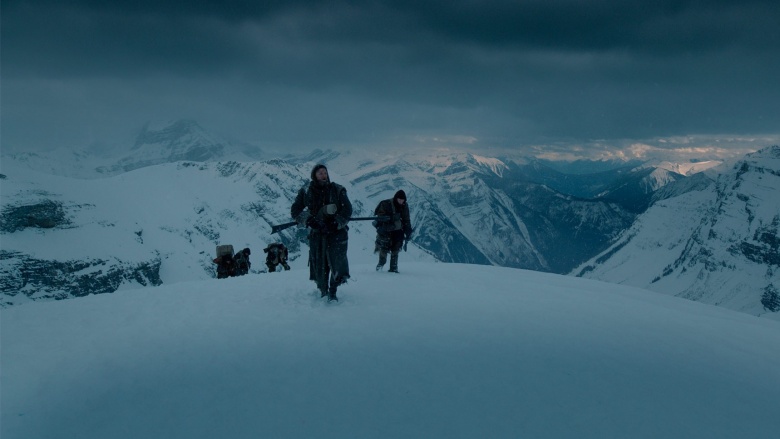What The Critics Got Wrong About The Revenant
Director Alejandro González Iñárritu scored a huge, albeit divisive hit in 2014 with Birdman or (The Unexpected Virtue of Ignorance), landing a Best Picture Oscar over Richard Linklater's Boyhood, which almost everyone thought was a shoe-in. Iñárritu isn't the kind of filmmaker who's interested in pleasing a wide audience. He does, however, seem interested in leaving a lasting impression by whatever means possible. Where Birdman left the audience questioning the consumption and criticism of art, The Revenant leaves the audience thankful to be alive and not struggling through the early 1800s when death waited under every icy rock. Both films, but particularly The Revenant, capitalize on the stunning cinematography of Emmanuel Lubezki, which critics across the board agree was fantastic. As far as every other element of the film, not so much. We happen to think Iñárritu & Co. knocked it out of the park, so in the collegiate spirit of good-natured debate, we're presenting some of the criticisms we've seen, and our best rebuttals. From here on out, expect spoilers. You've been warned.
It's boring and nothing happens
Even most of the The Revenant 's positive reviews say it's long. And yes, it's definitely a slog through a brutal winter wilderness that's punctuated with action. What cricial reviews fail to mention is that those moments of action pack such intensity that they understandably require a subsequent breather. That goes for both the audience and the characters. This isn't The Fast and the Furious. Nobody's smashing through plate glass, then jumping up unscathed to have a muay thai fight on top of a train. In this movie, if you're injured, you're probably dead. And if not, you're getting grisly field surgery, and it might take a few scenes before you're back on your feet. And you know what? That's okay. That makes perfect sense. We'd just like to know at what point between the opening massacre, the horrific bear attack, the constant native ambushes, the riding of a horse off a cliff, and unending, gorgeously shot vistas did Matt Singer of Screen Crush find the the film, in his own description, "torpid"?
Leonardo DiCaprio puts in a one-note performance
Likening DiCaprio's performance to that of Nicolas Cage, critic of the Charlotte Observer clearly wasn't impressed. But, one of the things that gets lost when discussing DiCaprio is the man's physicality. Not his build. We mean the way he uses his body to convey a 360 degree encapsulation of his character. You know, like an actor. In The Wolf of Wall Street, he does this so masterfully (and comically) in the Quaalude sequence that Jim Carrey probably considered retirement. For much of The Revenant, he has limited mobility and is unable to speak, leaving DiCaprio with only his eyes, face, and grunts to emote the desperation of a dying, callously betrayed man. Then there's the bear attack scene. Everyone focuses on the bear, and rightfully so, as the scene is a visual effects masterwork, but DiCaprio unleashes a savage desperation here that's worthy of not only a little gold statue, but also our respect as an audience.
It's beautiful, but self-indulgent
Iñárritu insisted The Revenant be shot on location, in natural light, with as few CGI effects as possible. This made for a relentless shooting experience. Some critics—most notably, Devin Faraci of Birth.Movies.Death, whose entire review focused on the prideful nature of Iñárritu's vision—say he used this decision to bloat the movie with the endless juxtaposition of violent brutality and natural beauty. But that's like saying, "This is the best meal I've ever eaten, I'm just disappointed there's so much of it." Iñárritu and cinematographer Emmanuel Lubezki have created a visual masterpiece, a harsh, beautiful, and honest depiction of frontier reality that deserves to pat itself on the back. If you'd just spent nine months in the mountains of Alaska and Argentina making one of the most visually stunning films of all time, you better believe you'd show it off.
The violence is too extreme
Men take arrows to literally every part of the body, scalps are removed, limbs go flying, and Leonardo DiCaprio gets half eaten, so yes, this movie is violent. Is the violence so over the top that it strays into the territory of "slapstick," as Mick LaSalle of SFGate claims? Not at all. It perfectly captures what it was like to be a fur trapper in the harsh winter climate of the Dakota Territory while under constant threat of attack by natives. The visceral nature of the imagery only enhances the audience's feeling of discomfort, which is still a mere fraction of what real people in these situations endure. Did we have to see a mortally injured naked guy being dragged around? That's debatable. Was that image shocking and did it ratchet up the intensity of an already intense scene? That's undeniable.
It strays significantly from the book
According to Brian Ted Jones of The Rumpus, two of the main diversions from Michael Punke's book, The Revenant: A Novel Of Revenge, are the addition of a son for Hugh Glass (DiCaprio's character) and the fact that Glass wasn't as hellbent on revenge so much as he was intent on getting his rifle and gear back. Most of the other elements remain: Glass gets attacked, and Fitzgerald (Tom Hardy) and Bridger (Will Poulter) are tasked with caring for him until he dies. In the book, they just take his stuff and leave, unwilling to await almost certain death themselves. In the movie, Fitzgerald is more ambitious. He tricks, then threatens Bridger, murders Glass' son, and buries Glass in a shallow grave before leaving. This sets Fitzgerald up as a more obviously detestable villain and gives Glass a clear vector for his vengeance, which sets the narrative of the film in motion. Maybe Fitzgerald doesn't need to be more evil than just a guy willing to let a man die hopeless and alone. But giving the character sharper teeth doesn't hurt Tom Hardy's performance one bit. In fact, Hardy conveys a vile loathsomeness that's evident from his character's introduction, long before his damning betrayal. Good filmmakers know what to omit and what to add to source material, and Iñárritu can count himself among them here.
It's way too long
With a runtime of around two and a half hours, The Revenant is no longer than the latest offerings from Quentin Tarantino, Christopher Nolan, or any other auteur filmmaker who earns final cut approval. While critic Jaime N. Christley over at Slant might suggest this allows for the making of "egregiously overlong" films, we think it allows filmmakers the freedom to edit what they feel is the absolute best versions of their film. There is a bit of fat here, yes. Some of the dream sequences seem disconnected and parts of the post-bear attack recovery seem to lag. But while they may not propel the narrative forward at a breakneck pace, they are part of a large, remarkable whole. If we have to indulge Iñárritu some of this extra padding to get the passion put into the film's other unforgettable scenes, that's a deal we're willing to make.

